Omega-6 and Omega-3 fatty acids are both polyunsaturated. Polyunsaturated fats are molecules that have more than one unsaturated carbon bond in the molecule or double bonds. Oils that contain polyunsaturated fats are usually liquid at room temperature and solid when chilled i.e. olive oil. Polyunsaturated fats can help lower the bad cholesterol (LDL) in your blood thus lowering your risk of heart disease and stroke. Both Omega-6 and Omega-3's are necessary for normal body function. These fatty acids, unlike most other fats, are not simply stored or used for energy but are essential biologically active components of processes such as inflammation, blood clotting and overall cellular function.
Our bodies do not make fatty acids so we must get them through our food. Omega 3 AND Omega 6 fatty acids are essential to help decrease inflammation, build cell membranes in the brain and for many other functions. Our cells function much better overall with these fatty acids. According to Stillwell et al. from 2003 in an article published in chemistry, physics and lipids, Both omega-6 and omega-3 fatty acids are important structural components of cell membranes and serve as precursors to bioactive lipid mediators, and provide a source of ENERGY. Long-chain omega-3 polyunsaturated fats (PUFA), in particular exert anti-inflammatory effects and it is recommended to increase their presence in the diet.
Linoleic Acid (LA) is an Omega 6 essential fatty acid and ALA or Alpha Linoleic Acid is an Omega 3 essential fatty acid. Essential means that humans cannot make them on our own and need food to supply them. Eicosapentaenoic acid (EPA) and docosahexaenoic acid (DHA), can be made from ALA and these two components, EPA/DHA are commonly found in omega 3 supplements. EPA and DHA have been used in numerous studies on their effects of treating diseases.
The issue arises when the ratio is too high. If the amount of omega 6 fatty acids is much higher than 1:1, this can contribute to excess inflammation in the body. Excess inflammation in our bodies can lead to chronic diseases such as cardiovascular disease, diabetes, metabolic syndromes, cancer, arthritis, Alzheimer's disease and many others. Basically, if both Omega-3 and Omega-6 fatty acids are equal in your diet this will reduce overall inflammation. If the ratio is too high, and you have too much Omega-6, this will increase inflammation.
A paper in Biomedicine and Pharmacotherapy published in October of 2002, explained how humans evolved eating similar amounts of Omega-3 and Omega-6 fatty acids corresponding to a ratio again of approximately one to one. Now, Western diets have an exorbitantly high amount of Omega-6 fatty acids which are increasing the prevalence of inflammatory diseases such as certain cancers, Alzheimer's disease, arthritis, lupus and others as stated previously. More recently in a 2006 study also from Biomedicine and Pharmacotherapy, the same researchers found that A lower ratio of omega-6/omega-3 fatty acids is needed for the prevention and management of chronic diseases. Because of genetic variation, the optimal omega-6/omega-3 fatty acid ratio would vary with the disease under consideration.
EPA and DHA are what we commonly hear about in the media. These two components are found in fatty fish. They are derived from ALA and our bodies will breakdown ALA into EPA and DHA. ALA can be found in foods such as vegetable oils, flaxseeds and walnuts. It can also be found in vegetables like kale, spinach and Brussels sprouts. Remember, our bodies have to BREAKDOWN the ALA to EPA and DHA. Therefore, supplements like fish oil capsules, krill oil and other omega 3 supplements are commonly broken down already into certain amounts of EPA and DHA so your body has to do less work and can absorb more of the beneficial omega 3 .
It is still unclear as to whether omega 3 fatty acids from fish or vegetable sources are more beneficial. We do know that it is definitely better to get the Omega 3 from food sources rather than supplements if possible. Most Americans and people from other Western countries do not get enough Omega 3's from their diet. To maintain good health you should try to eat one rich source of Omega 3 fatty acids per day. You can easily incorporate this into your daily meals by adding walnuts or flaxseed to your oatmeal in the morning or having a piece of salmon for lunch or dinner. If you do not eat breakfast and dislike fish you can use a salad dressing that contains flaxseed or canola oil.
If you are not getting enough essential fatty acids from your diet, it then becomes important to take a supplement. You can find fish oil supplements easily and vegetarians can take flaxseed oil. The suggested dose is 500mg/day Studies have also suggested that people who already have heart conditions should take an increased dose of 1,000mg/day or more. Caution should be taken as increased dosages can cause increased bleeding and of course if you have a heart condition or other disease you should contact your primary care physician in regards to increasing dosage.
Eat Local! Eat Organic! Buy Fair Trade!
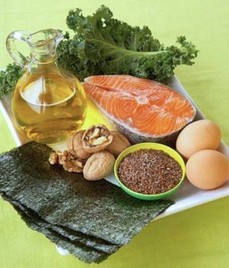



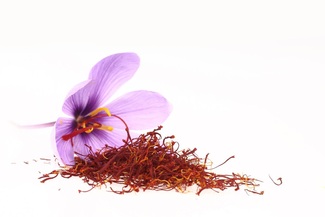
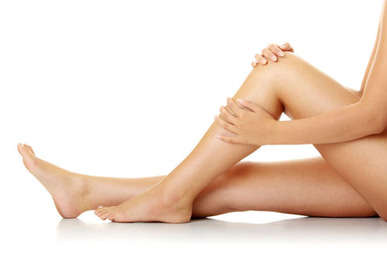
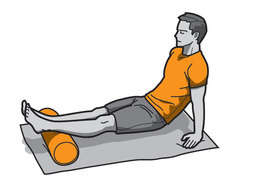


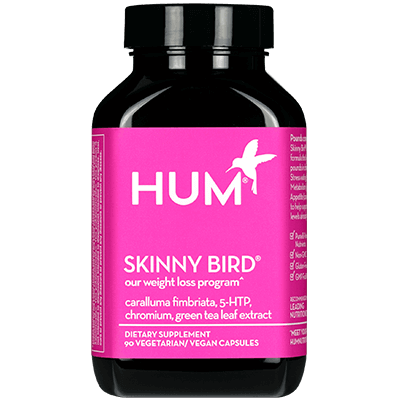
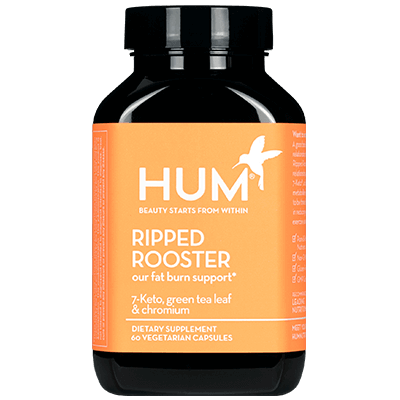

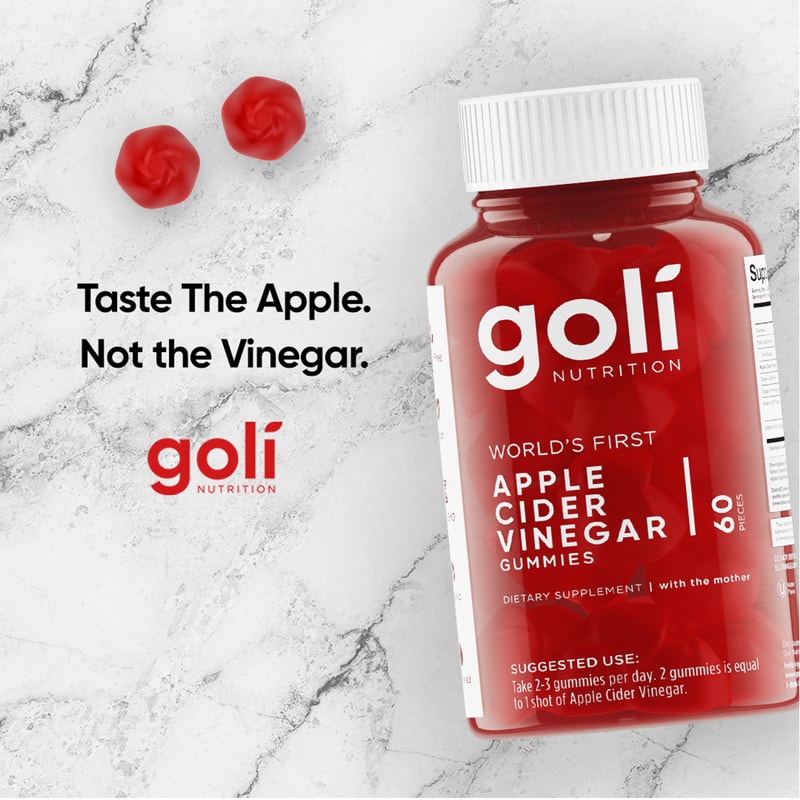




 RSS Feed
RSS Feed

